Emergence of E-commerce Platforms
The fruit puree market in Europe is experiencing a transformation due to the emergence of e-commerce platforms, which facilitate easier access to a variety of fruit puree products. As online shopping becomes increasingly popular, consumers are more inclined to purchase food products, including fruit purees, through digital channels. In 2025, e-commerce is projected to account for around 25% of total sales in the fruit puree market. The fruit puree market is adapting to this shift by enhancing online visibility and offering promotions to attract consumers. This trend not only broadens the market reach but also allows for greater consumer engagement, as brands leverage social media and online marketing strategies to connect with their audience.
Growth of the Food Processing Sector
The fruit puree market in Europe benefits from the expansion of the food processing sector, which increasingly incorporates fruit purees into various products. This sector's growth is fueled by the rising demand for convenience foods, as busy lifestyles prompt consumers to seek ready-to-eat options. In 2025, the food processing industry is expected to contribute significantly to the fruit puree market, with an estimated value of €1.2 billion. The fruit puree market is responding to this demand by offering a diverse range of purees that cater to different culinary applications, from sauces to desserts. This versatility enhances the appeal of fruit purees, making them a staple ingredient in both commercial and home kitchens.
Increased Focus on Nutritional Value
The fruit puree market in Europe is witnessing a heightened focus on nutritional value, as consumers become more aware of the health benefits associated with fruit consumption. This trend is reflected in the growing popularity of fruit purees that are fortified with vitamins and minerals, appealing to health-conscious individuals. In 2025, it is estimated that products enriched with additional nutrients will account for approximately 30% of the fruit puree market. The fruit puree market is thus innovating to create products that not only taste good but also provide added health benefits, aligning with the broader trend of functional foods. This focus on nutrition is likely to drive further growth in the sector.
Rising Demand for Natural Ingredients
The fruit puree market in Europe experiences a notable increase in demand for natural ingredients, driven by consumer preferences for clean-label products. As health-conscious consumers seek alternatives to artificial additives, the market for fruit purees, which are perceived as healthier options, expands. In 2025, the market is projected to grow at a CAGR of approximately 6.5%, reflecting a shift towards natural and organic food products. This trend is particularly evident in the beverage and food sectors, where manufacturers are reformulating products to include fruit purees as a primary ingredient. The fruit puree market is thus adapting to these changing consumer preferences, leading to innovations in sourcing and production methods that emphasize purity and authenticity.
Regulatory Support for Healthy Eating Initiatives
The fruit puree market in Europe is positively influenced by regulatory support for healthy eating initiatives, which encourage the consumption of fruits and vegetables. Various government programs aim to promote healthier diets, thereby increasing the demand for fruit-based products. In 2025, it is anticipated that such initiatives will lead to a 15% increase in the consumption of fruit purees among children and families. The fruit puree market is likely to benefit from these policies, as they create a favorable environment for growth. Manufacturers are encouraged to develop products that align with these health initiatives, further driving innovation and expanding the market.


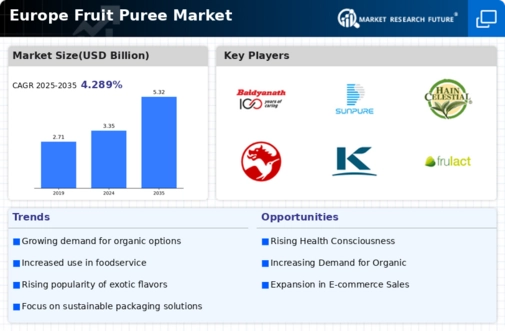

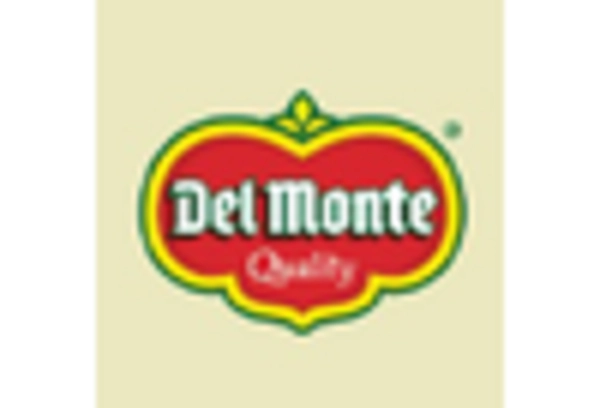

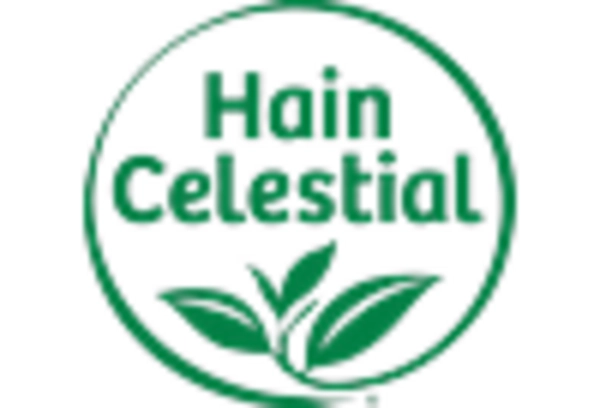

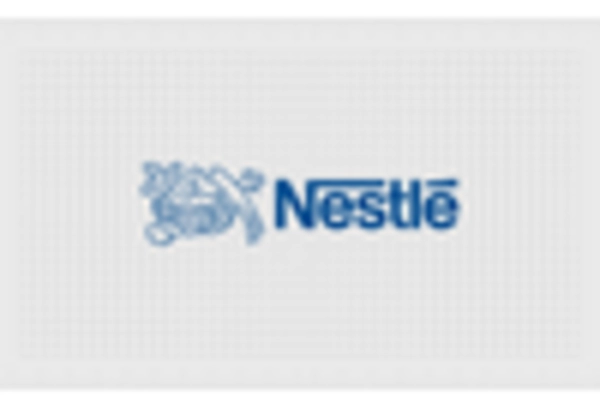
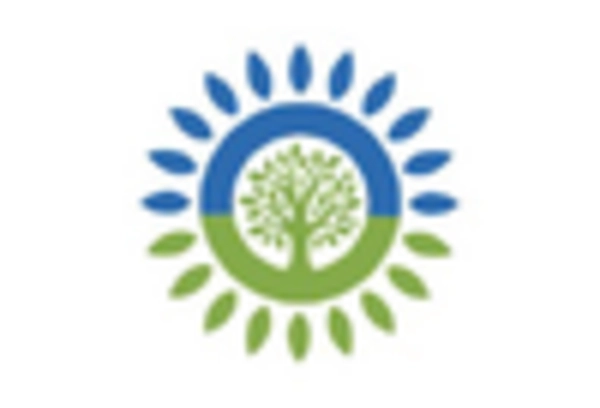








Leave a Comment